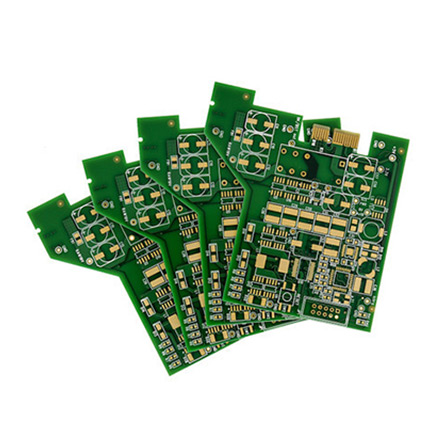

Understanding Low-E Glass Options Enhancing Energy Efficiency in Buildings
In contemporary architecture and building design, energy efficiency has become a pivotal focus. One of the key innovations that contribute to this goal is Low-Emissivity (Low-E) glass. This specialized glass has transformed the way we think about windows, particularly in residential and commercial buildings. In this article, we will explore what Low-E glass is, how it works, the different types available, and the benefits it offers to homeowners and builders alike.
What is Low-E Glass?
Low-E glass is coated with a thin, transparent layer that reflects infrared energy while allowing visible light to enter. This coating significantly reduces the amount of heat that can pass through the glass. By minimizing heat transfer, Low-E glass plays a crucial role in managing indoor temperatures, thereby increasing overall energy efficiency.
How Does Low-E Glass Work?
The functionality of Low-E glass can be attributed to its unique coating, which comes in two primary types soft coat and hard coat.
1. Soft Coat Low-E Glass This type is produced by applying a silver-based coating to the glass in a controlled environment. Soft coat Low-E glass is known for its superior performance in reflecting heat while allowing maximum light transmission. It is often used in residential properties and buildings where aesthetics and comfort are prioritized.
2. Hard Coat Low-E Glass Hard coat Low-E glass is created by fusing a ceramic layer onto the glass surface during manufacturing. This makes it more durable and suitable for outdoor applications. While it tends to have a lower performance in terms of heat reflection compared to soft coat glass, it still significantly improves thermal efficiency.
Different Types of Low-E Glass Options
Low-E glass options can be categorized into two main categories based on their applications

1. Low-E for Residential Use Low-E glass in homes helps maintain a comfortable indoor environment. It reduces the need for excessive heating in winter and cooling in summer, translating to lower energy bills. Homeowners can choose between double or triple-glazed Low-E windows, which offer enhanced insulation and energy savings.
2. Low-E for Commercial Use In commercial buildings, Low-E glass is instrumental in creating energy-efficient spaces while allowing natural light to illuminate interiors. With large glass surfaces a common feature of modern commercial architecture, Low-E glass minimizes HVAC costs and enhances occupant comfort.
Advantages of Low-E Glass
Investing in Low-E glass comes with a myriad of advantages
- Energy Savings One of the most notable benefits is the reduction in energy costs. By improving insulation and reducing heat transfer, buildings equipped with Low-E glass can achieve significant savings on heating and cooling expenses.
- UV Protection Low-E glass effectively blocks harmful ultraviolet (UV) rays that can fade furniture, carpets, and artwork. This protection helps maintain the integrity of interior spaces over time.
- Comfort and Condensation Control Properly installed Low-E glass enhances indoor comfort by ensuring more consistent temperatures throughout the living or working space. Additionally, it helps control condensation on window surfaces, reducing the likelihood of mold and other moisture-related issues.
- Environmental Impact By lowering energy consumption, Low-E glass contributes to a decrease in greenhouse gas emissions, supporting broader sustainability goals.
Conclusion
In conclusion, Low-E glass is an innovative and essential component in modern building design that enhances energy efficiency, comfort, and environmental sustainability. With a variety of soft and hard coat options available for both residential and commercial applications, it is crucial for builders and homeowners to choose the type that best fits their specific needs. As we continue to prioritize energy efficiency in our building practices, Low-E glass stands out as a powerful tool in our quest for a greener future. Investing in Low-E glass means investing in both immediate and long-term benefits for our homes and the environment alike.